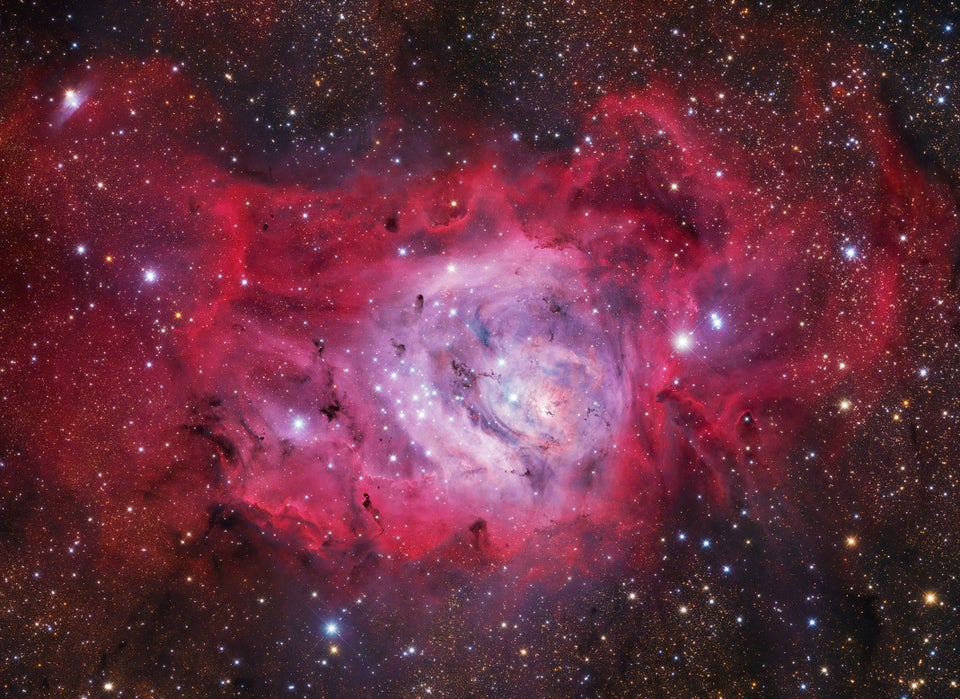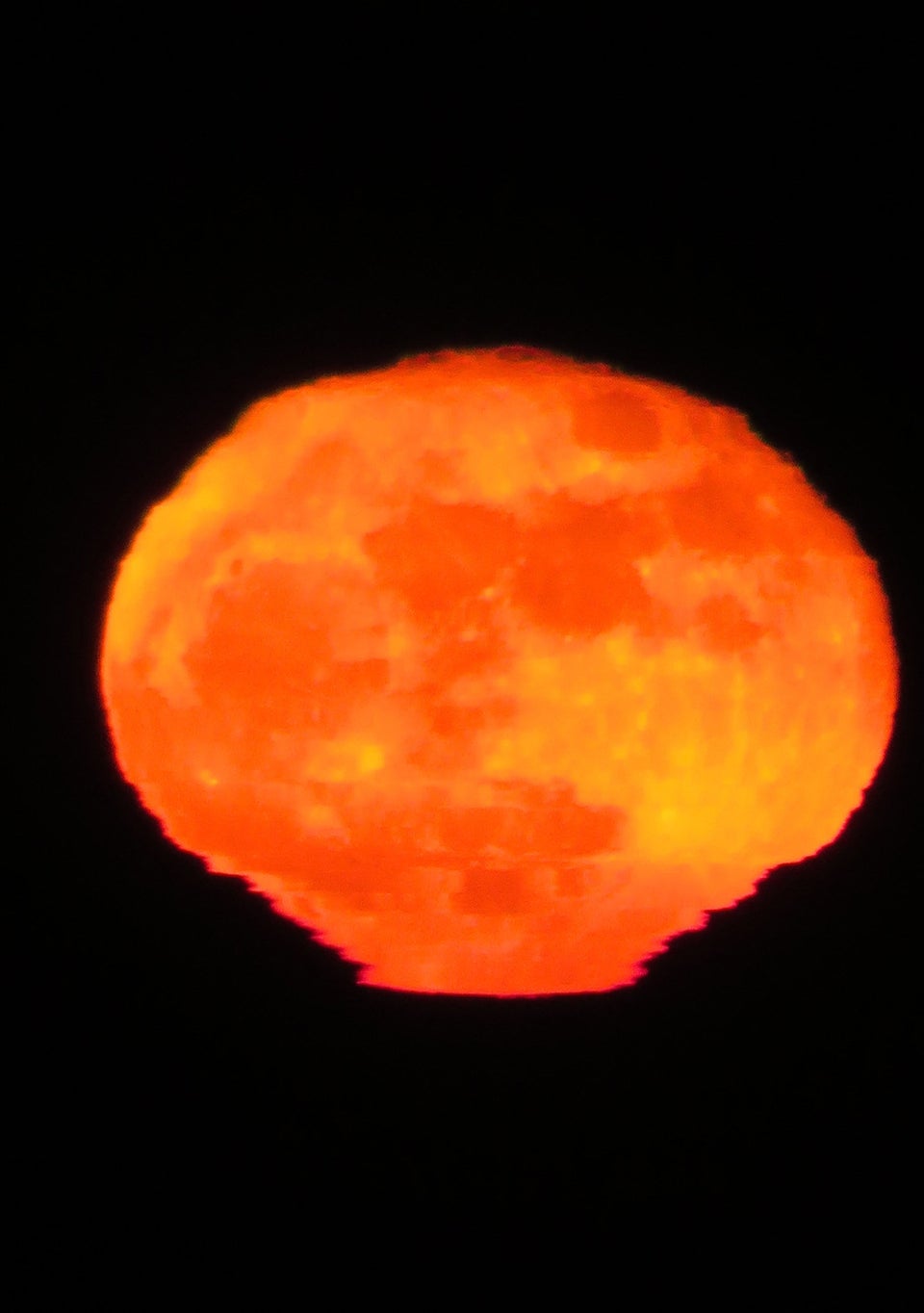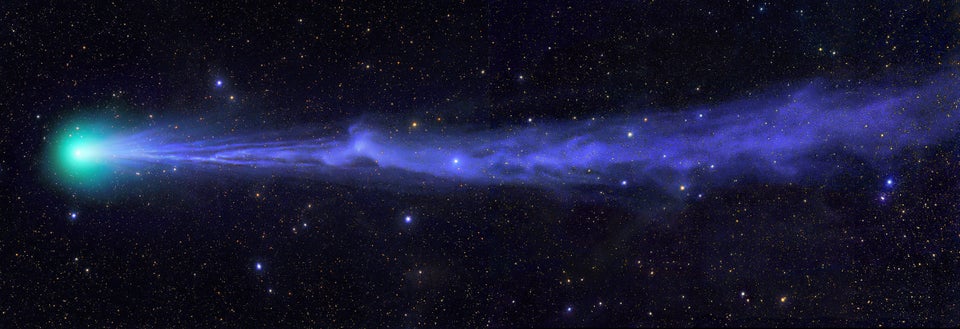NASA scientists have determined that an ‘impossible’ engine that could take us to Mars in just 10 weeks does actually work, despite needing no fuel to operate it.
The highly experimental EmDrive thruster has been nicknamed the ‘impossible’ engine thanks to the fact that for it to scientifically work it needs to break our conventional understanding of the universe.
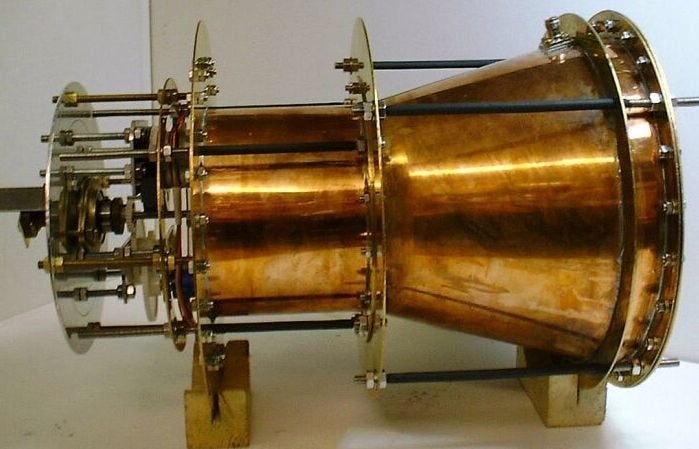
It was developed in 2001 by the British engineer Roger Shawyer and has been causing controversy ever since.
How it works is by bouncing electromagnetic waves around its interior, creating photons which then in turn produces thrust.
The problem with this design is that it fundamentally shouldn’t work. Newton’s third law of motion demands that every object in the universe suffers from cause and effect. So for every action there is a reaction.
The EmDrive has no propellant and no exhaust and so completely goes against our understanding of how thrust works.
Understandably this led to many showing a not unwarranted amount of skepticism. To try and find out once and for all if it could actually work NASA’s Eagleworks Laboratory conducted an independent study of the engine to try and find out if it actually works.
Now, a year later, the team’s study has been peer reviewed and published and incredibly it actually looks like it does work, even if we’re not really sure how.
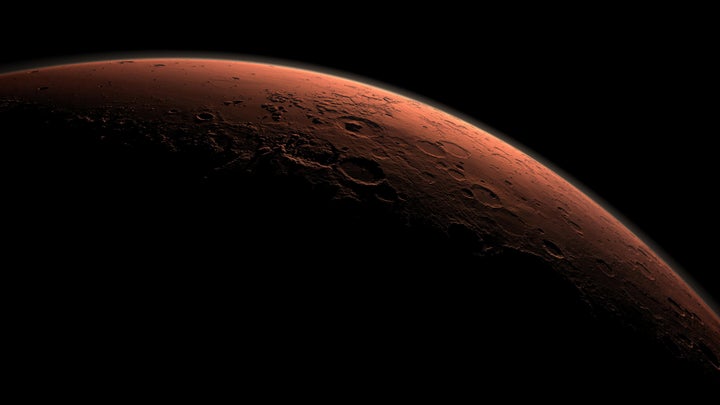
According to the team they were able to use the EmDrive to produce around 1.2 millinewtons per kilowatt of thrust in a vacuum.
One significant problem remains that our understanding of how it actually works is pretty limited, all we really know is that if you turn it on, it’ll push you in the right direction.
This is quite a big problem, so big in fact that many in the scientific community are still unconvinced that it could work.
To prove its worthiness once and for all, the EmDrive will actually be sent into space and tested, hopefully settling the debate once and for all.
For those of you who want to get stuck into the painfully complex science behind how it works, EmDrive creator Roger Shawyer has given this dry, but highly informative explanation of his theory:
Astronomy Photographer of the Year 2016:






